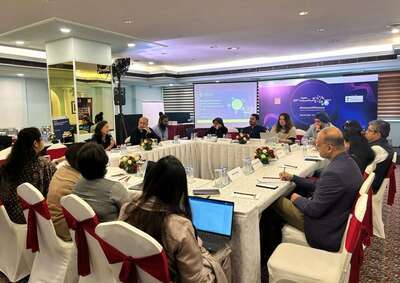India’s financial inclusion journey has seen monumental gains over the last decade. Propelled by government initiatives such as the Pradhan Mantri Jan Dhan Yojana, 80% of adults have a bank account and the gender gap is also gradually closing. Despite the above milestones, a sizable segment of the population is still financially excluded or underserved. Some of the challenges in financial inclusion are at a frontier level, requiring a more granular view of specific geographies and consumer segments.
To tackle the issue of exclusion, there is a need to identify parameters that define inclusion and their relevance and accuracy for different geographies and population segments. LEAD hosted a closed-door roundtable at the Global Inclusive Finance Summit 2023 to gather stakeholder inputs on addressing financial exclusion in India. Experts decoded the nuances of defining and identifying various forms of financial exclusion.
Some of the Key Takeaways:
- While financial inclusion efforts address supply-side reach, it’s important to consider the willingness and need for inclusion among vulnerable populations.
- There are two sides: financial inclusion and financial wellness. “Agency” building at the household level is vital for translating literacy into financial well-being.
- The lack of data to identify the nature and extent of exclusion needs tackling, with robust evidence to redefine exclusion more relevantly.
- Solutions to address financial exclusion should focus on the borrower’s experience and be from the lens of the community. Designing human-centric behavioural solutions which can be integrated across segments is crucial for financial product development.





